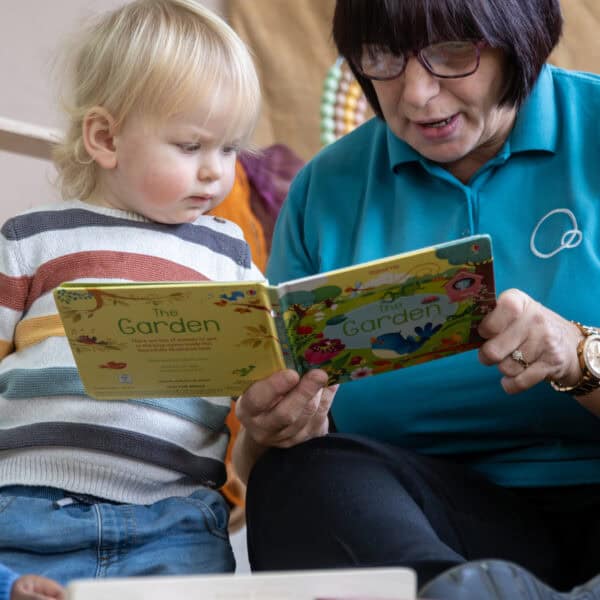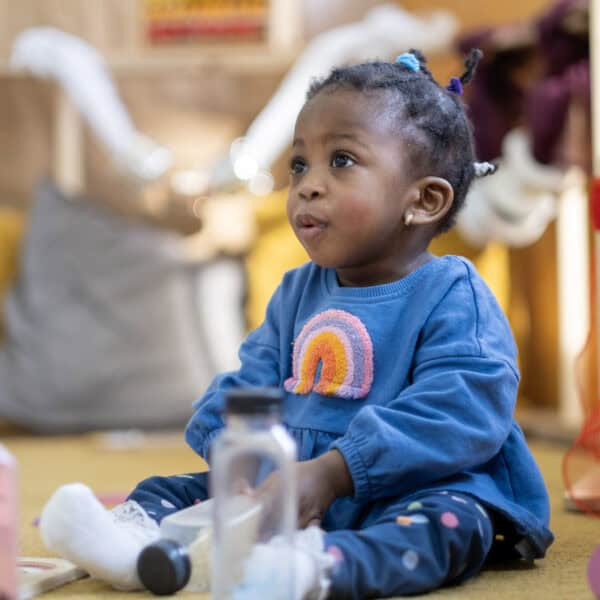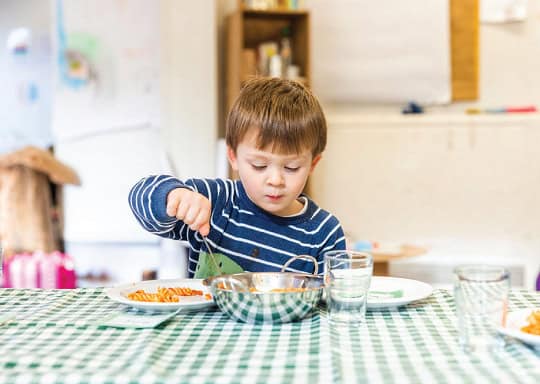This website uses cookies so that we can provide you with the best user experience possible. Cookie information is stored in your browser and performs functions such as recognising you when you return to our website and helping our team to understand which sections of the website you find most interesting and useful.
Published on April 8, 2025
How to Identify and Support Your Child’s Learning Style
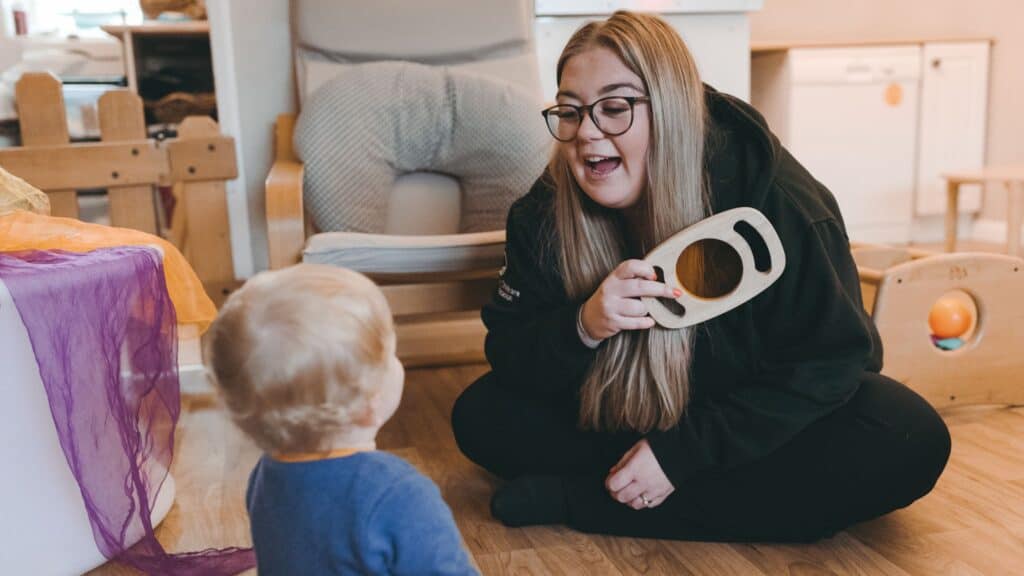
Have you ever noticed how your child seems to really grasp something when they can touch it, while another child needs to see it drawn out? Or maybe your little one remembers every word to a song after hearing it just once? Every child learns differently. There’s no single right way. Understanding how your child takes in information helps you make learning easier and more fun for them. It helps you support them better at home, and it helps us at Thrive Childcare tailor our approach too.
Thinking about ‘learning styles’ isn’t about putting your child in a box. It’s simply about noticing their natural preferences and strengths. When you tune into how they learn best, you can give them the right kind of support. This builds their confidence and makes them feel successful.
What Do We Mean By Learning Styles? A Simple Look
Generally, people talk about three main ways children tend to process information:
- Visual (Seeing): These children learn well through their eyes. They pay attention to pictures, diagrams, and written words once they start reading. They often remember faces, places, and details they’ve seen.
- Auditory (Hearing): These children learn well by listening. They tune into sounds, music, rhymes, and spoken instructions. They often enjoy stories, conversations, and explaining things out loud.
- Kinesthetic/Tactile (Doing/Touching): These children learn best through movement and hands on experience. They need to touch, build, move around, and physically engage with things to understand them.
Now, here’s the important bit. Most children, and adults too, use a mix of all three styles. However, your child probably leans more towards one or two. Think of it less like a strict category and more like a favourite tool they reach for first. Our goal isn’t to label them, but to notice their tendencies so we can help them thrive.
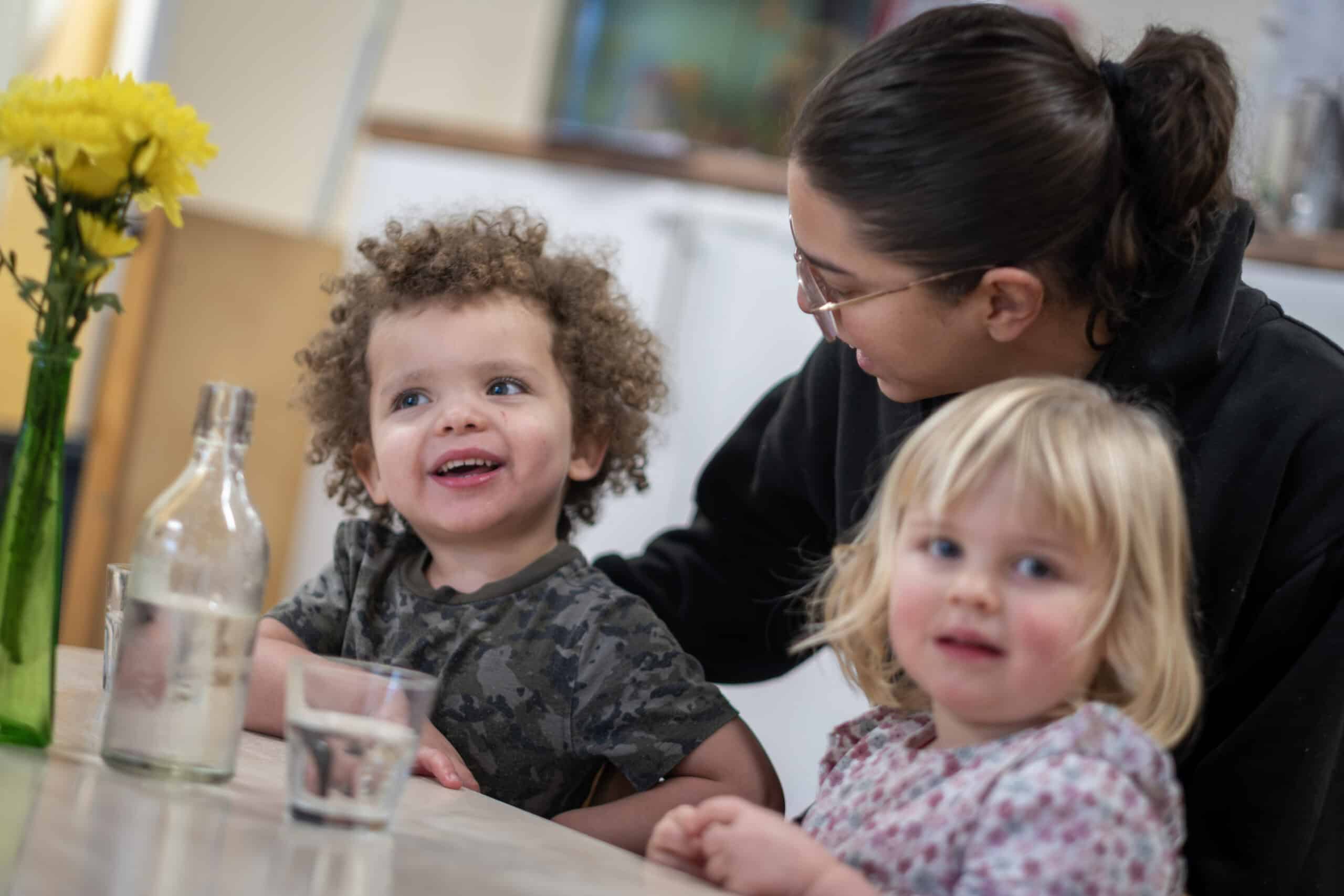
Spotting the Clues: Observing Your Child
So, how can you tell what your child’s preferred learning style might be? The best way is simply to watch them and notice their behaviour in everyday situations. Ask yourself these questions:
Does your child lean towards VISUAL learning?
- Do they love looking at picture books?
- Are they good at remembering faces or places you visited?
- Do they enjoy puzzles, drawing, or building with blocks where they can see the structure?
- Do they notice small details that others miss?
- When learning something new, do they prefer watching someone do it first?
- Do they like things neat and tidy so they can see clearly?
Does your child lean towards AUDITORY learning?
- Do they love listening to stories, music, or rhymes?
- Do they remember song lyrics or jingles easily?
- Are they good talkers and enjoy explaining things?
- Do they follow spoken directions well?
- Do they sometimes talk or hum to themselves while playing or concentrating?
- Do they seem to learn best when things are discussed?
Does your child lean towards KINESTHETIC/TACTILE learning?
- Do they learn best by doing things themselves, rather than watching or listening?
- Do they love hands on activities like playing with dough, sand, water, or construction toys?
- Do they fidget or find it hard to sit still for long periods?
- Do they remember events based on what they did there?
- Do they use lots of gestures when they talk?
- Do they need to touch objects to understand them?
Remember, these are just clues. Observe your child playing, learning new things, listening to stories, and interacting with others. Notice what activities they choose, how they approach problems, and how they remember information. You know your child best.
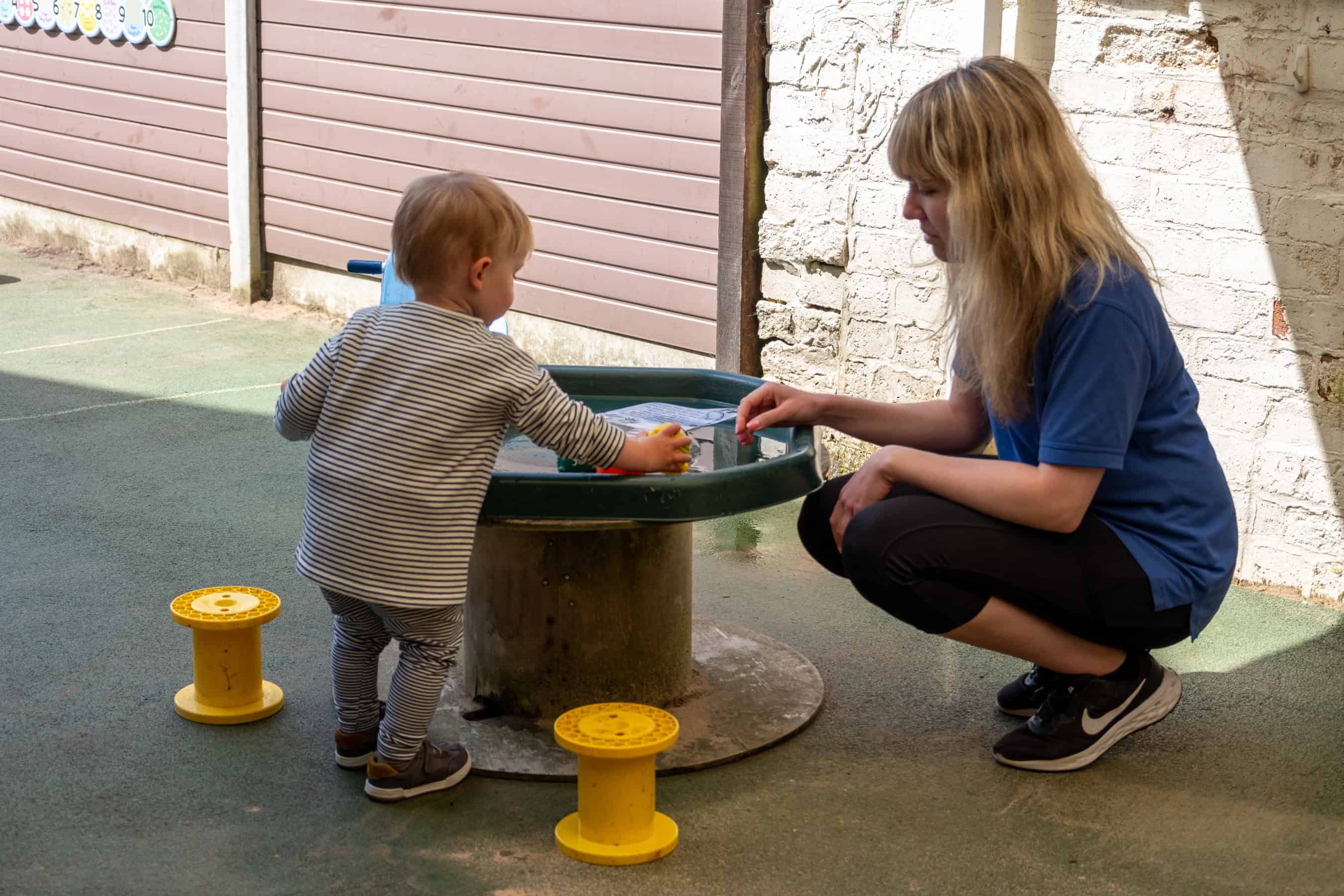
Supporting Your Child’s Learning at Home
Once you have a sense of your child’s preferences, you can tailor activities at home to suit them. This makes learning feel natural and engaging.
If they lean VISUAL:
- Use lots of pictures, flashcards, charts, or maps.
- Encourage drawing, painting, and looking at picture books.
- When showing them how to do something, let them watch you carefully.
- Use different coloured pens or highlight key things.
- Help them make visual reminders or lists (using pictures for pre readers).
If they lean AUDITORY:
- Read aloud often, using expressive voices.
- Sing songs, say rhymes, and listen to audio stories or music together.
- Talk about what you are doing and learning. Ask lots of questions.
- Encourage them to tell you stories or explain things back to you in their own words.
- Let them record themselves talking or singing.
If they lean KINESTHETIC/TACTILE:
- Provide plenty of hands on materials: building blocks, playdough, sand, water, craft supplies.
- Let them move! Incorporate actions into songs or learning games.
- Encourage role playing and acting things out.
- Use real objects for counting or sorting.
- Let them help with practical tasks like cooking or gardening, where they learn by doing.
- Take breaks for movement if they need to sit for a task.
Whatever their preference, keep learning playful. Connect activities to their interests – if they love dinosaurs, use dinosaurs to practice counting (tactile/visual) or learn dinosaur songs (auditory). Offer a variety of activities that touch on all senses. Be patient and celebrate their effort and curiosity.
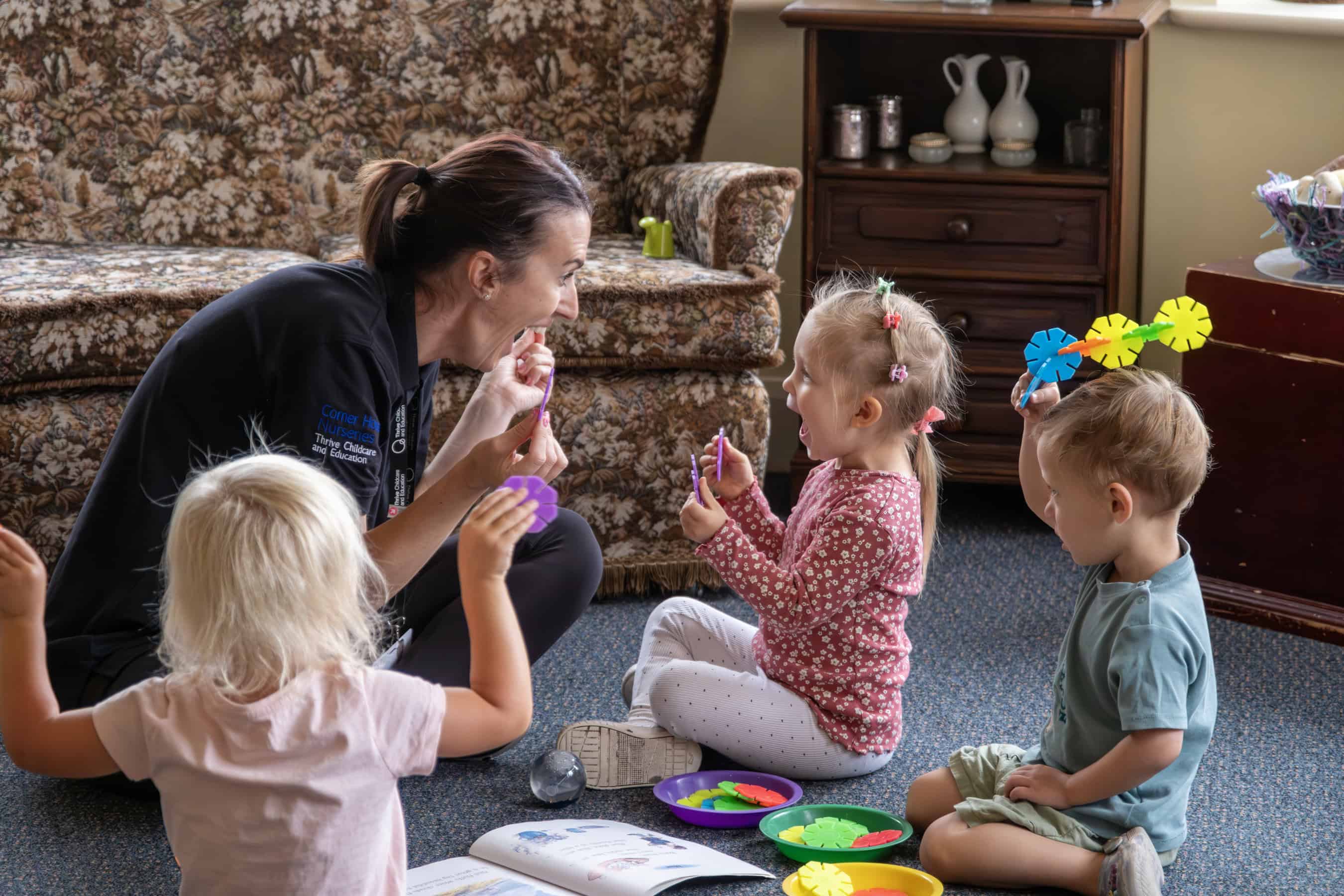
How We Support All Learners at Thrive Childcare
At Thrive Childcare, we know that every child in our care learns differently. Our approach is designed to engage children in ways that suit their individual styles.
Our practitioners are skilled observers. They watch how each child plays and interacts, noting their strengths and preferences. We use this understanding to plan activities and provide support.
You’ll see this in action every day:
- We offer a wide range of activities: messy play with paint, dough (tactile), story time with engaging voices and props (auditory/visual), building intricate structures (kinesthetic/visual), singing and action rhymes (auditory/kinesthetic), puzzles and shape sorting (visual).
- We use a multi-sensory approach. When learning about spring, we might look at pictures of flowers (visual), listen to birdsong (auditory), touch different types of leaves (tactile), and even plant seeds (kinesthetic).
- Play-based learning is central to our philosophy. This naturally allows children, especially kinesthetic learners, to explore, experiment, and learn through doing.
- We use visual aids like picture timetables to help children understand routines. We sing songs to signal transitions or teach concepts. We provide cosy corners for children who need quiet time and open spaces for those who need to move.
Our goal is to create a rich learning environment where every child feels understood, engaged, and able to learn in the way that works best for them.
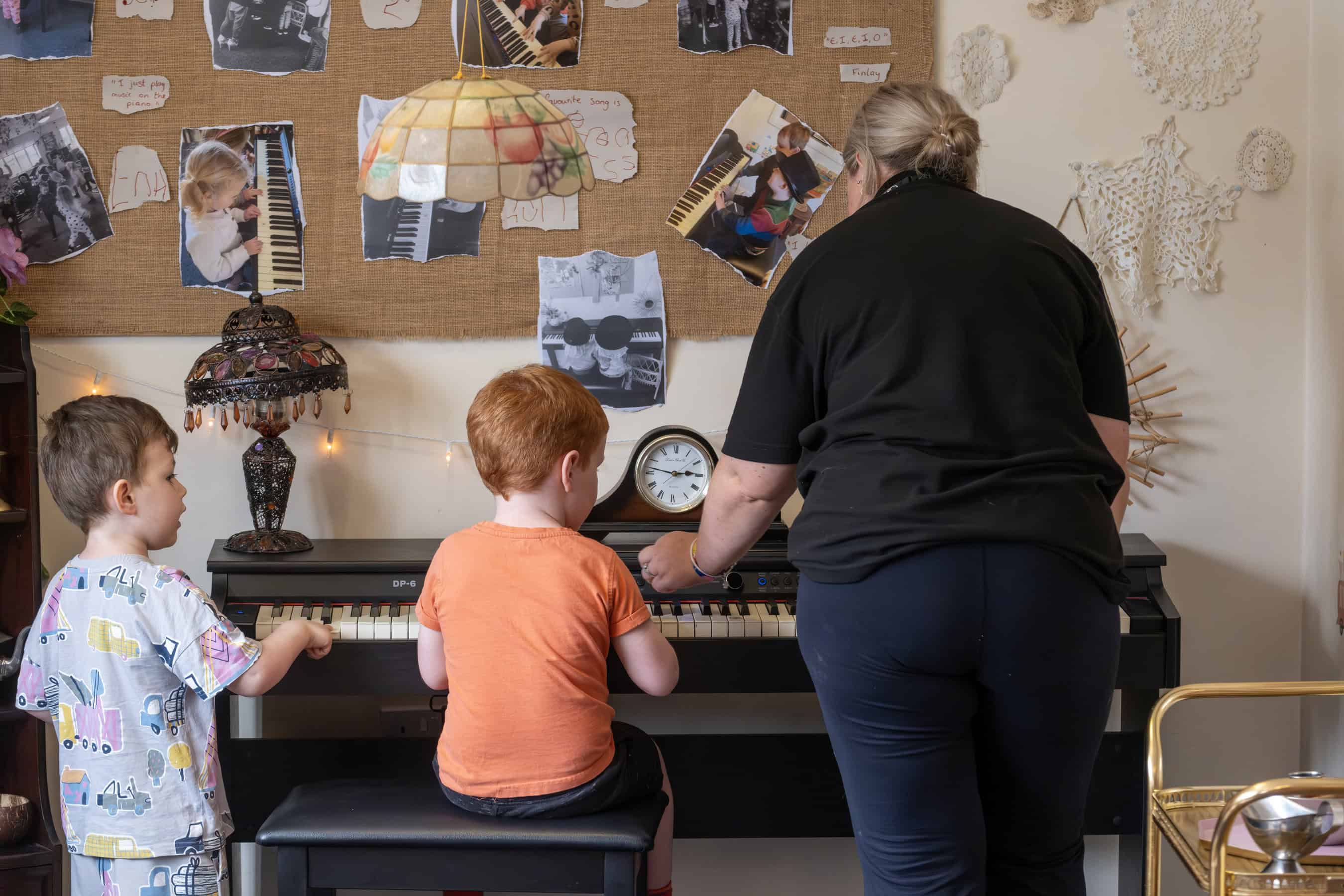
More Than Just a Style
Understanding your child’s learning preference is helpful. It gives you practical ways to support them. But remember, it’s just one aspect of who they are. Their personality, their interests, their mood on a particular day, their friendships, and their overall well being all impact how they learn.
Don’t get too caught up in labels. The most important thing is to provide a loving, stimulating environment where your child feels safe to explore, ask questions, make mistakes, and discover the world around them. Focus on nurturing their natural curiosity and celebrating their unique way of being.
Learning Together
Noticing how your child learns best is a powerful tool. It helps you connect with them, makes learning more enjoyable, and builds their confidence. By paying attention to their cues and offering activities that match their style, you give them a great start.
At Thrive Childcare, we are your partners in this. We share observations with you and welcome your insights about how your child learns at home. Together, we can ensure your child gets the support they need to flourish, embracing their unique way of understanding and interacting with the world.

